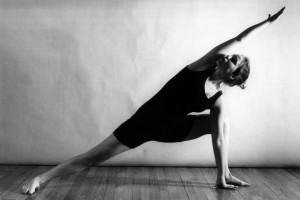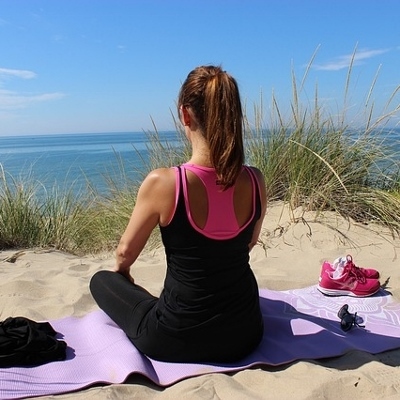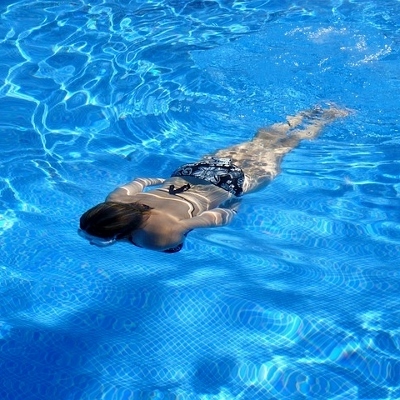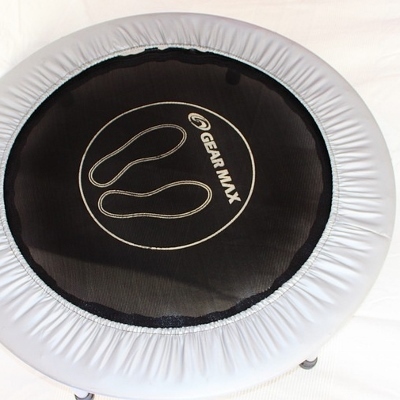 I did an informal poll today in a yoga class, and I learned that about half of my students consider themselves runners. Some are just trying it out for the first time, and some are training for their ump-teenth marathon. I can’t say enough about the benefits of yoga for runners. If you’re logging a lot of miles on the road, and aren’t balancing out your workouts with yoga, read on. Yoga has numerous benefits for weary road warriors.
I did an informal poll today in a yoga class, and I learned that about half of my students consider themselves runners. Some are just trying it out for the first time, and some are training for their ump-teenth marathon. I can’t say enough about the benefits of yoga for runners. If you’re logging a lot of miles on the road, and aren’t balancing out your workouts with yoga, read on. Yoga has numerous benefits for weary road warriors.
1.Flexibility
Running is a powerful sport, executed with repetitive motion, often for long stretches of time. After a long run, you will most likely have stiff legs. Over time, without attention to flexibility, these stiff legs will become permanent fixtures. Inflexible leg muscles can be the cause of many adverse conditions, including iliotibial band syndrome, low back pain, knee pain, and overall decreased range of motion. Below you will find 5 stretches that specifically target the muscles overused in running.
2. Core Strength
A major cause of low back pain and injury is lack of core strength. The uptight running posture is challenging to the back muscles and ligaments to say the least. A strong core, all the way around the 180 degrees of your torso, will help support the spine in this position. Almost every yoga asana (posture) will help you develop a stronger core.
3. Breathe Better
The average person uses only about one-third of their lung capacity on a regular basis. When they begin to exercise they just breathe faster instead of deeper. Yoga teaches us to breathe fully and deeply, to access the full capacity of our lungs. One deep yoga breath provides almost a liter of oxygen to hungry muscles, compared to a teacup’s worth of oxygen in a normal breath. Which will fuel your run better?
4. Relaxation Response
The deep, focused breathing we practice in yoga has another benefit. It triggers the relaxation response. Deep breaths help to turn off the sympathetic nervous system and its fight-or-flight response. Unless you’re racing, or sprinting to the finish line, consider your time on the road a moving meditation. Becoming aware of your body, your breath, your surroundings, and being present and alive. Your heart and your mind will thank you!
5. Mental Focus
When you are in the heat of the moment and your time and performance is critical, a regular yoga practice will help you be more mindful and mentally focused on the mechanics needed to perform at your very best. A mind free of distractions and negative self-talk is a mind that’s free to engage in powerful motivational thoughts.
6. Cross Training
Yoga takes that forward and backward repetitive movement of running and turns it inside out. Yoga will help you strengthen your upper and lower back, and stretch your chest, shoulders, abdomen and hip flexors. So instead of having posture that makes you look like a pounded and compacted 90-year old, it will give you the posture and body-balance of a 20-year old. That alone should convince you to give yoga a try!
7. Balance
Yoga gives runners a chance to get out of those expensive running shoes, stand barefoot, and improve their own natural sense of balance. The more time we spend on one foot, the better our proprioception. And these subtle balance clues come in very handy in crucial moments on the road, when avoiding obstacles, cracks in the pavement, traffic, etc.
If you’re sufficiently convinced to give yoga a whirl, here are a few simple asanas (postures) to get you started. Hold each pose for 5 to 10 long slow breaths:
1. Standing forward bend (Uttanasana): This is an excellent pose to lengthen tight hamstrings. It will also stretch your gluteus maximus, medius and minimus as well as your spinal muscles. Always ‘hinge from the hip’ versus rolling down through your spine. If your hamstrings are very tight, bend your knees to feel more comfortable.
2. Warrior I (Virabhadrasana I): Warrior I is a very good posture to stretch your hip flexors, which are tight in all runners. Stand in a lunge with your back foot turned slightly to the side. Reach your arms overhead and try to square your hips to the front.
3. Warrior II (Virabhadrasana II): As in Warrior I this posture stretches the hip joints and opens the groin and stretches the inner thigh muscles. Begin in Warrior I and open your hips and arms out to face the side wall. Press your feet into the ground and reach out through your fingertips.
4. Triangle Pose (Trikonasana): From Warrior II, straighten your front leg, and tilt your whole torso forward over the front leg, making sure to hinge at the hip. Triangle stretches the side body and the hips.
5. Standing forward bend with crossed legs: Start standing upright with the right leg crossed behind the left leg. Slowly fold over, bending your knees if needed. Stick your right hip out and back and walk your hands toward the left side of your feet. This stretch is ideal for the tight IT band that is notorious in runners and cyclists.
If you would like to learn more about yoga for your sport, please contact me at www.DeniseDruce.com.





